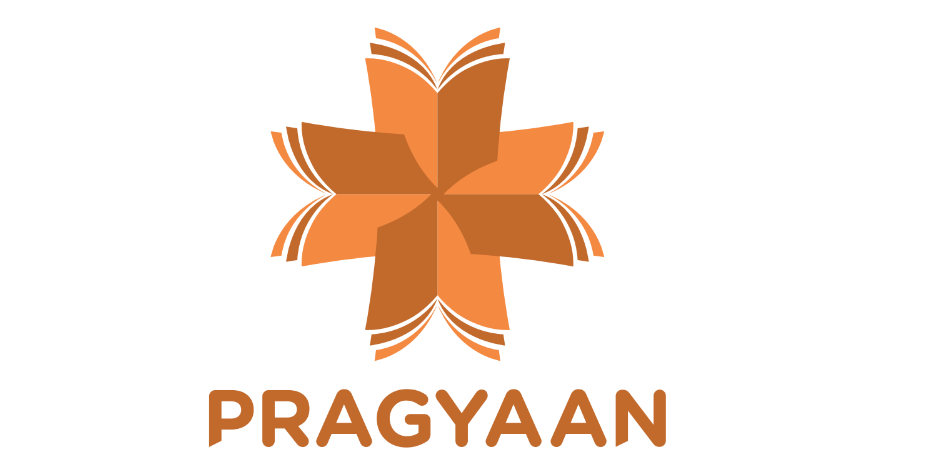Automation of Reasoning [electronic resource] : 2: Classical Papers on Computational Logic 1967–1970 / edited by J. Siekmann, G. Wrightson.
Material type: TextSeries: Artificial IntelligencePublisher: Berlin, Heidelberg : Springer Berlin Heidelberg : Imprint: Springer, 1983Edition: 1st ed. 1983Description: XII, 637 p. online resourceContent type:
TextSeries: Artificial IntelligencePublisher: Berlin, Heidelberg : Springer Berlin Heidelberg : Imprint: Springer, 1983Edition: 1st ed. 1983Description: XII, 637 p. online resourceContent type: - text
- computer
- online resource
- 9783642819551
- 006.3 23
- Q334-342
- TA347.A78
Automated Theorem Proving 1965–1970 -- 1967 -- A Cancellation Algorithm for Elementary Logic -- An Inverse Method for Establishing Deducibility of Nonprenex Formulas of the Predicate Calculus -- Automatic Theorem Proving With Renamable and Semantic Resolution -- The Concept of Demodulation in Theorem Proving -- 1968 -- Resolution with Merging -- On Simplifying the Matrix of a WFF -- Mechanical Theorem-Proving by Model Elimination -- The Generalized Resolution Principle -- New Directions in Mechanical Theorem Proving -- Automath, a Language for Mathematics -- 1969 -- Semi-Automated Mathematics -- Semantic Trees in Automatic Theorem-Proving -- A Simplified Format for the Model Elimination Theorem-Proving Procedure -- Theorem-Provers Combining Model Elimination and Resolution -- Relationship between Tactics of the Inverse Method and the Resolution Method -- E-Resolution: Extension of Resolution to Include the Equality Relation -- 1969 -- Advances and Problems in Mechanical Proof Procedures -- Paramodulation and Theorem-Proving in First-Order Theories with Equality -- 1970 -- Completeness Results for E-Resolution -- A Linear Format for Resolution With Merging and a New Technique for Establishing Completeness -- The Unit Proof and the Input Proof in Theorem Proving -- Simple Word Problems in Universal Algebras -- The Case for Using Equality Axioms in Automatic Demonstration -- A Linear Format for Resolution -- An Interactive Theorem-Proving Program -- Refinement Theorems in Resolution Theory -- On the Complexity of Derivation in Propositional Calculus -- After 1970 -- Resolution in Type Theory -- Splitting and Reduction Heuristics in Automatic Theorem Proving -- A Computer Algorithm for the Determination of Deducibility on the Basis of the Inverse Method -- Linear Resolution with Selection Function -- Maximal Models and Refutation Completeness: Semidecision Procedures in Automatic Theorem Proving -- Bibliography on Computational Logic.
"Kind of crude, but it works, boy, it works!" AZan NeweZZ to Herb Simon, Christmas 1955 In 1954 a computer program produced what appears to be the first computer generated mathematical proof: Written by M. Davis at the Institute of Advanced Studies, USA, it proved a number theoretic theorem in Presburger Arithmetic. Christmas 1955 heralded a computer program which generated the first proofs of some propositions of Principia Mathematica, developed by A. Newell, J. Shaw, and H. Simon at RAND Corporation, USA. In Sweden, H. Prawitz, D. Prawitz, and N. Voghera produced the first general program for the full first order predicate calculus to prove mathematical theorems; their computer proofs were obtained around 1957 and 1958, about the same time that H. Gelernter finished a computer program to prove simple high school geometry theorems. Since the field of computational logic (or automated theorem proving) is emerging from the ivory tower of academic research into real world applications, asserting also a definite place in many university curricula, we feel the time has corne to examine and evaluate its history. The article by Martin Davis in the first of this series of volumes traces the most influential ideas back to the 'prehistory' of early logical thought showing how these ideas influenced the underlying concepts of most early automatic theorem proving programs.
There are no comments on this title.
